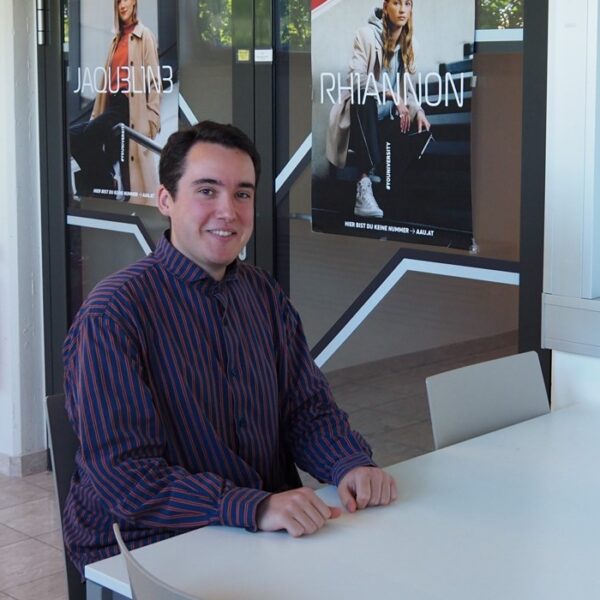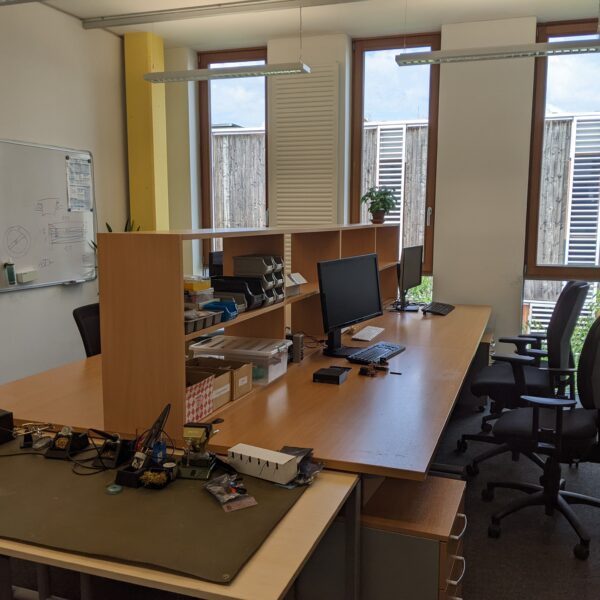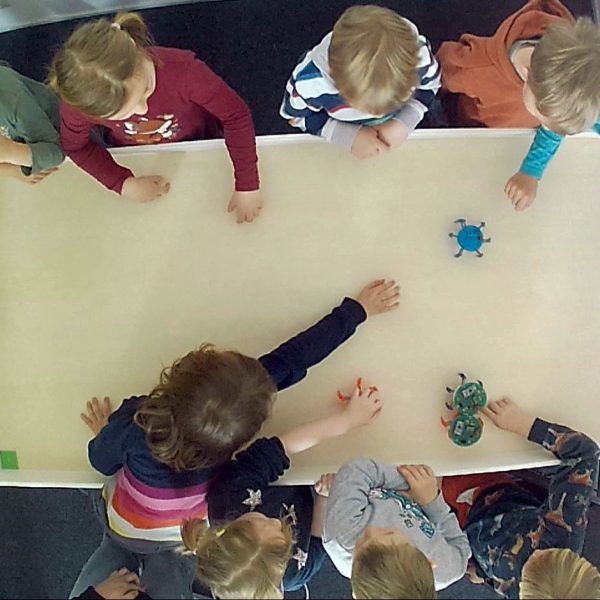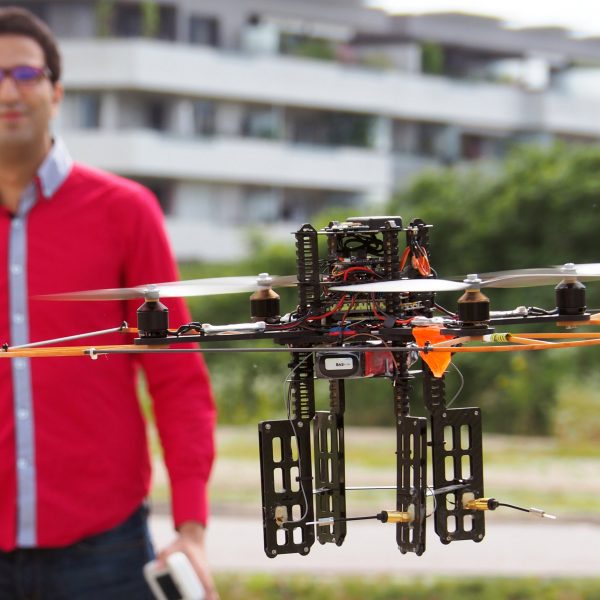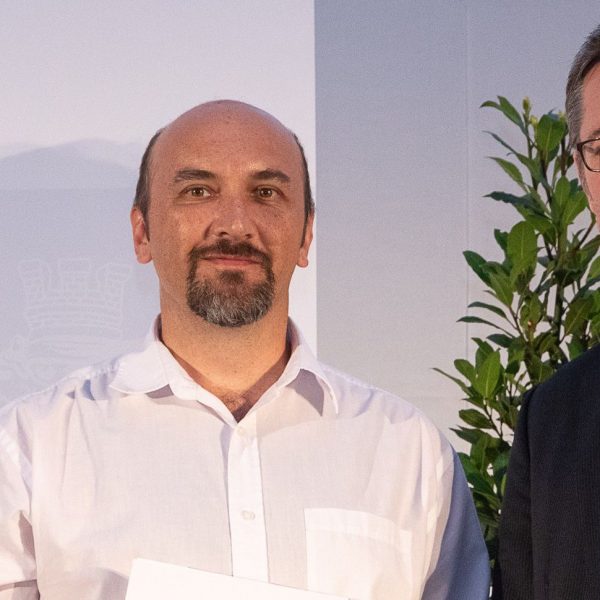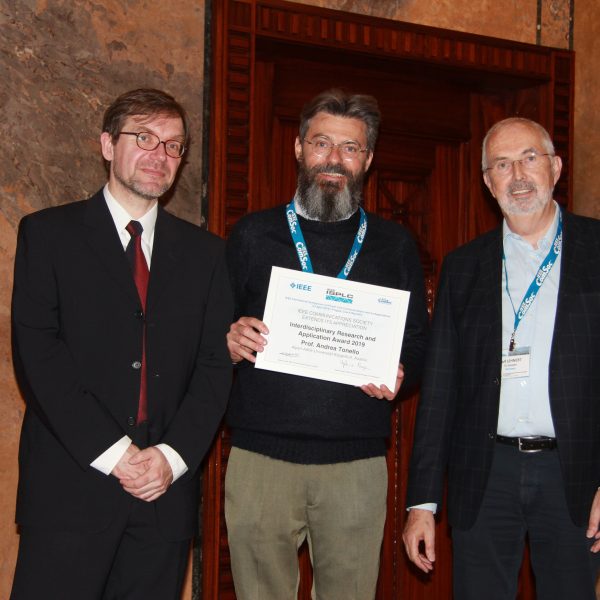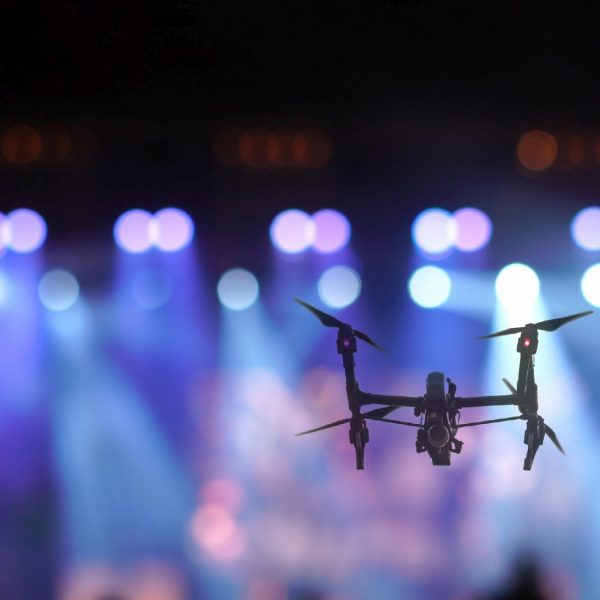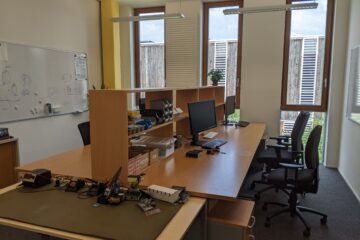Christoph Rauter is in his sixth semester of studying Information and Communications Engineering at the University of Klagenfurt, and is currently writing his Bachelor’s thesis. He took courses at the university while still in secondary school. During his studies he has also worked as a tutor at the university for […]
Further news
Appears in the “Further News” section on the frontpage.
Cyber-physical systems lab gets an upgrade
In the Smart Grids Group at the Institute of Networked and Embedded Systems, our Cyber-Physical Systems Lab may be small, but it is packed with potential. Over the years, our students have tackled some fascinating projects, from developing a smart meter measuring system [1] and implementing the RAPSim microgrid simulator […]
Digitization and sustainability: strategic visions for sustainable development
Digitization and sustainability are in the spotlight in both science and politics. Exploring the connections and areas of tension between digitization and sustainability makes it possible to identify new challenges and prospects of sustainable development. The thematic link between digitization and sustainability affects an essential area of our lives and […]
From Rollstuhl to robotics: A journey of discovery for young minds
Ms. Cornelia Klein, has been working as a university assistant at the Institute for Public Business Administration of Alpen Adria University for three years and passes by the “Bunte Knöpfe” kindergarten at Lakeside Park every day in her wheelchair. In the past, there have been individual questions from the children […]
New tools for swarms of machines
Moving intelligently, robots deployed in a warehouse shift crates from A to B – without getting in each other’s way. What sounds like a very simple example has only recently been made possible thanks to new tools developed in the EU Horizon 2020 project CPSwarm. The project is now in […]
Using existing cellular networks for drones
It might soon become common for drones to transport goods and people, monitor disaster zones, and bring various forms of relief to areas that are difficult to access. Which communication infrastructure is best suited to facilitate this? Researchers at the University of Klagenfurt have explored potential challenges associated with the […]
Shortlisted for Ars docendi award
Recognizing excellence in teaching, the Austrian “Ars docendi” state prize was awarded for outstanding teaching concepts and teachers on June 24th, at the seventh annual ceremony. The submission by Christoph Klemenjak and Wilfried Elmenreich was nominated for the top spot on the shortlist in the category “research-led or art-guided teaching”. […]
IEEE service and research awards for Tonello
The IEEE Communications Society Technical Committee on Power Line Communications (TC-PLC) has honored prof. Andrea Tonello’s activity with two prestigious awards: the 2019 Outstanding Service Award and the 2019 Interdisciplinary Research and Application Award. The Outstanding Service Award is given in recognition of members of the Technical Committee on Power […]
Taking control of electricity consumption and storage
Austria has set itself the target in computational terms to cover 100% of total electricity consumption from renewable energy sources by 2030. Photovoltaics, wind and hydro power will serve as driving force. A conversation with smart grids expert Wilfried Elmenreich about the intelligent management and optimisation of renewable energy. Photovoltaic […]
“Drones are here to stay. Get used to it.”
This statement was the title of a TIME article, which was included in the magazine’s special report on “The Drone Age”. We asked Christian Bettstetter to tell us what today’s drones can do and what drone(swarms) are not yet capable of. One thing is certain: Our airspace is going to […]

